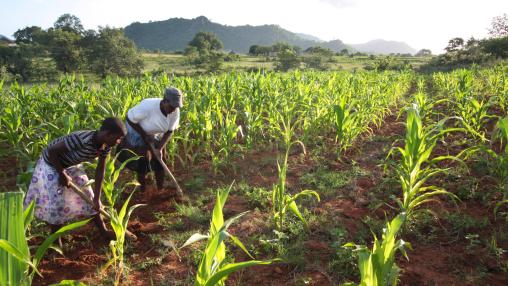
Commercialization carries both benefits and challenges for agricultural households
Creating opportunities to more effectively link farmers in Africa south of the Sahara with local, regional, and global markets has become a key development focus in recent years. However, questions remain about the impacts that increased agricultural commercialization may have on household food consumption and food and nutrition security. A recent article in Food Security examines such impacts in Ghana, Tanzania, Nigeria, and Zimbabwe and finds both positive and negative trade-offs to increased market integration.
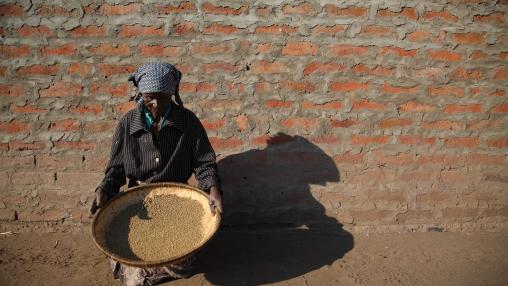
Southern Africa to Face High Food Prices, Reduced Purchasing Power through 2025
The current El Niño phenomenon is expected to result in rainfall deficits and below-average harvests throughout Southern Africa in 2024, according to a recent alert from FEWS Net. Poor households throughout the region will likely face reduction in livelihoods and income and difficulty purchasing adequate food.
FEWS NET Zimbabwe Food Security Alert - September 2020

Sustainable Ag. Intensification
By 2050, FAO estimates that the global population will have reached 9.1 billion people. To feed this population, the world will need to produce significantly more food: 3 billion more tons of cereal and over 200 million more tons of meat products per year. At the same time, however, we face a lack of arable land upon which farmers can expand their production, as well as increasing competition for natural resources and decreasing soil fertility.
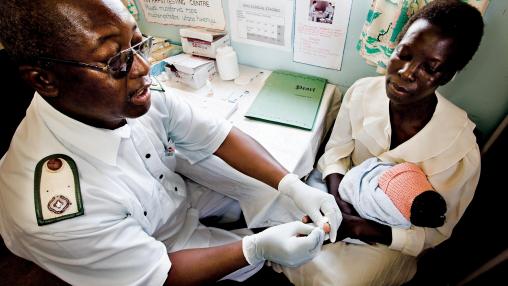
Climate Change Threat to Health
Discussions about the effects of climate change and climate change adaptation often center on changes in crop yields and subsequent changes in food security and incomes . In addition to these immediate impacts, however, climate change can have important secondary effects on a range of other development indicators.
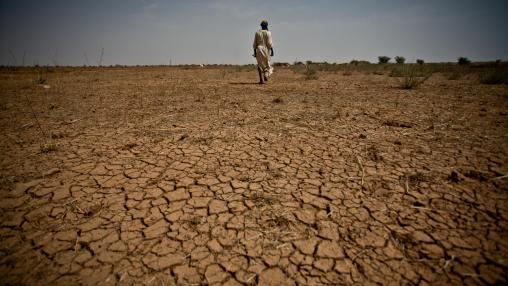
El Niño-Driven Drought Continues to Threaten Livelihoods, Food Security throughout Southern Africa
South Africa is in the throes of the worst drought in 30 years, according to a recent BBC article . Driven by the on-going El Niño cycle , below average rainfall and above average temperatures have limited crop development and water availability throughout the region.

Southern Africa Facing Food Insecurity as Droughts Continue
As drought continues throughout southern Africa, the latest FEWS.net alert estimates that 2.5 million people are currently in Crisis food insecurity levels and in need of urgent humanitarian aid across Malawi, Zimbabwe, Mozambique, Madagascar, and Lesotho. The organization is also anticipating that the region’s food-insecure population in 2016-2017 will be at least two times higher than current levels.
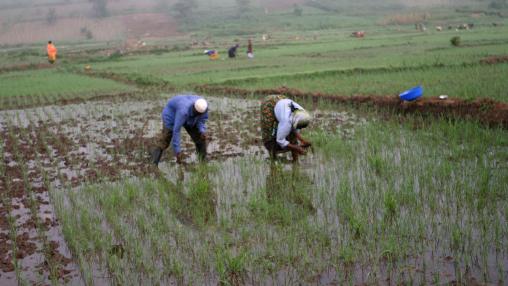
Online Dialogue Highlights Challenges, Opportunities for Fertilizer Use
Africa’s fertilizer markets face significant constraints on both the supply and the demand side, including a lack of infrastructure, high costs to both produce and use, and low public-private investment. However, the challenges of climate change and population growth are now encouraging many governments to tackle much-needed market reforms.
These were some of the takeaway messages from last week’s virtual dialogue on fertilizer use in Africa, held on December 10.
The dialogue addressed four questions:
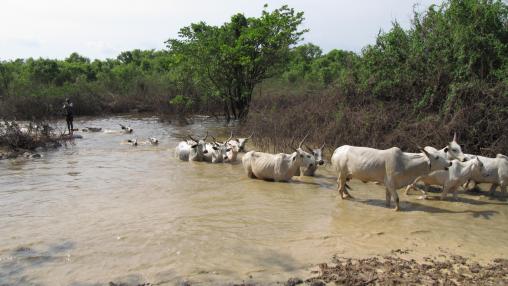
El Niño to Bring Floods, Drought
Farmers and pastoralists throughout Africa could soon be confronting a dual threat, thanks to this year’s potentially record-breaking El Niño phenomenon. The weather system has the potential to cause both severe drought and significant flooding throughout the continent, leading to reduced or damaged crops, income losses, and increased food insecurity for many of the region’s poorest populations.
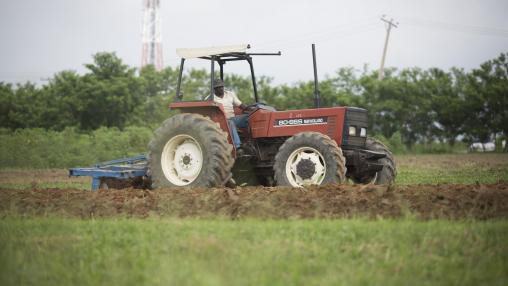
The Challenge of Increasing Agricultural Productivity in Africa South of the Sahara
The following post by IFPRI senior researcher Alejandro Nin Pratt was originally published on ASTI News and Notes .